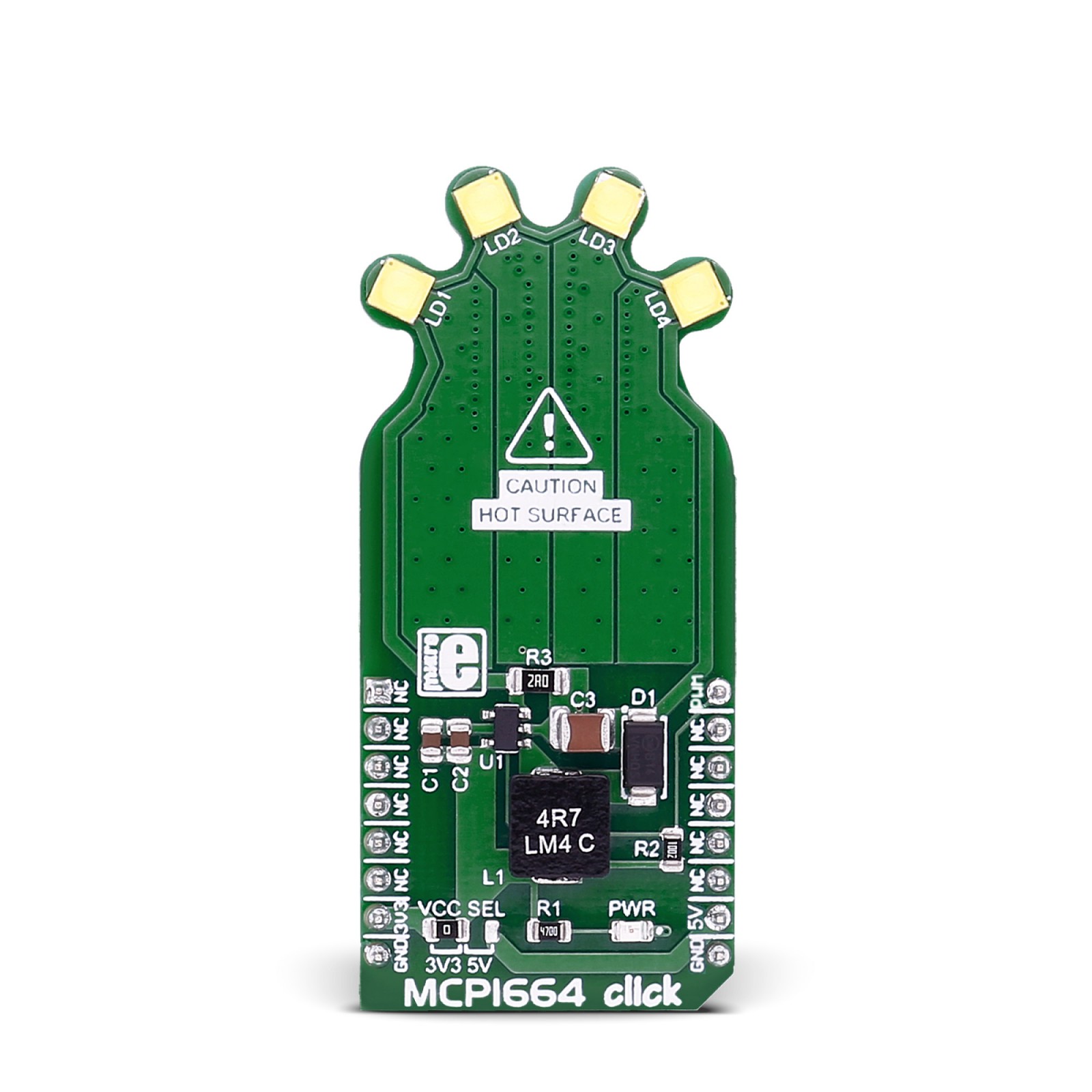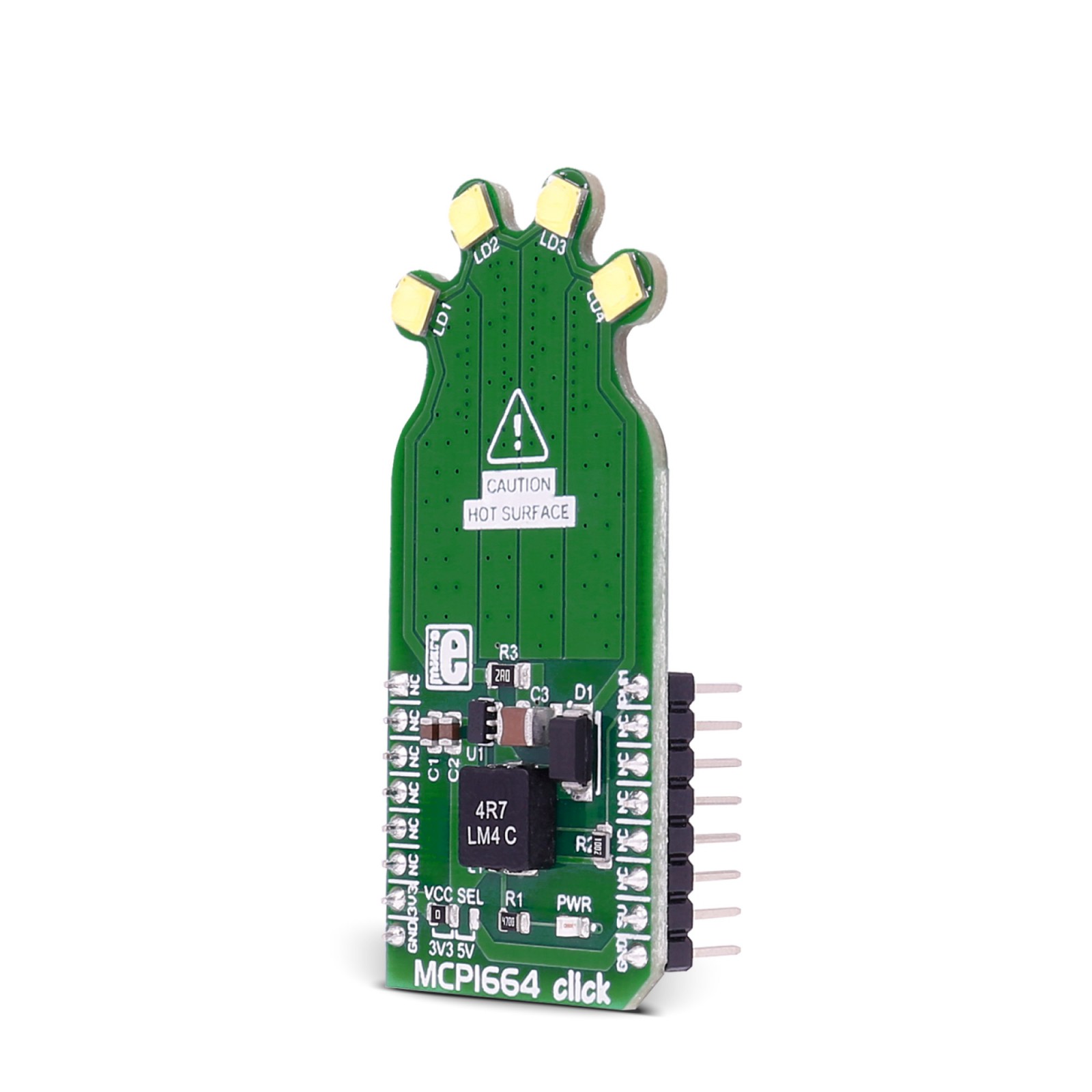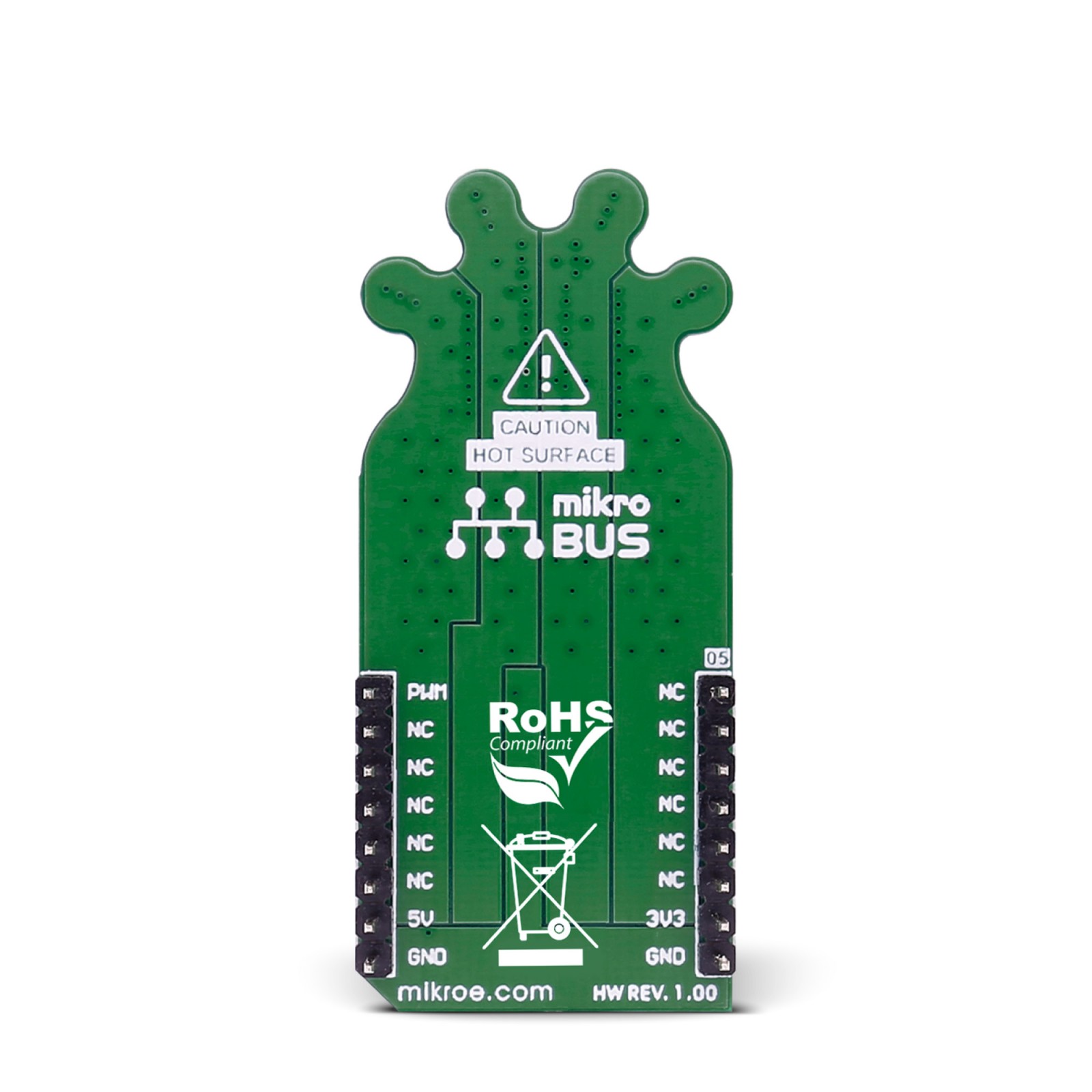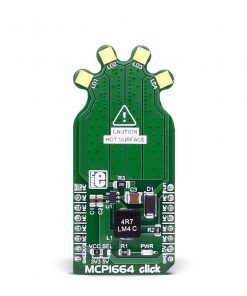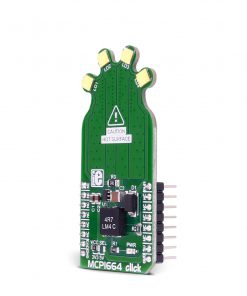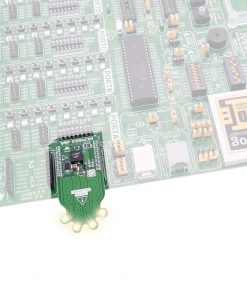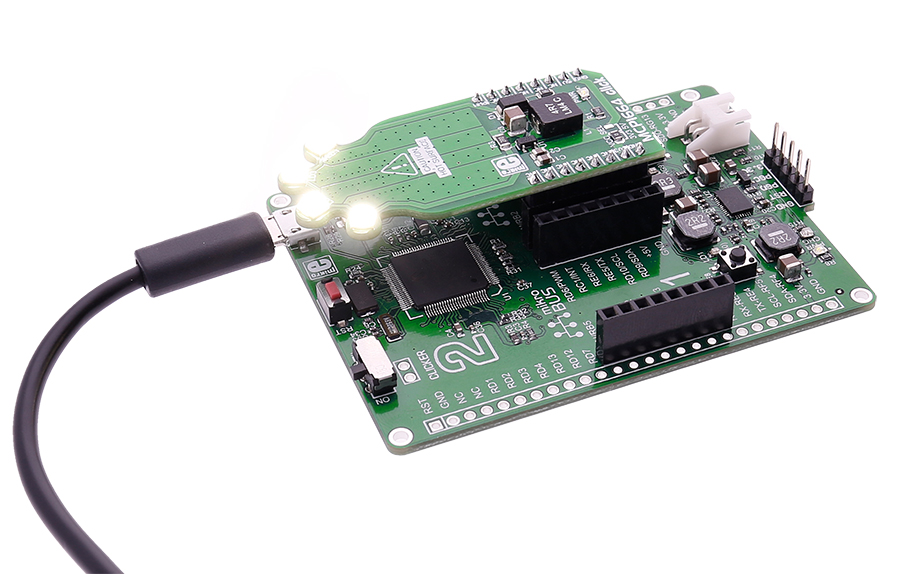-
×
 WiFi Plus Click
1 × R2,250.00
WiFi Plus Click
1 × R2,250.00 -
×
 ccRF2 Click
1 × R800.00
ccRF2 Click
1 × R800.00 -
×
 Accel Click
1 × R355.00
Accel Click
1 × R355.00 -
×
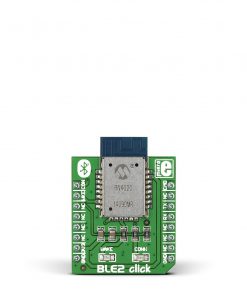 BLE2 Click
1 × R670.00
BLE2 Click
1 × R670.00 -
×
 BEE Click
1 × R800.00
BEE Click
1 × R800.00
Subtotal: R4,875.00

